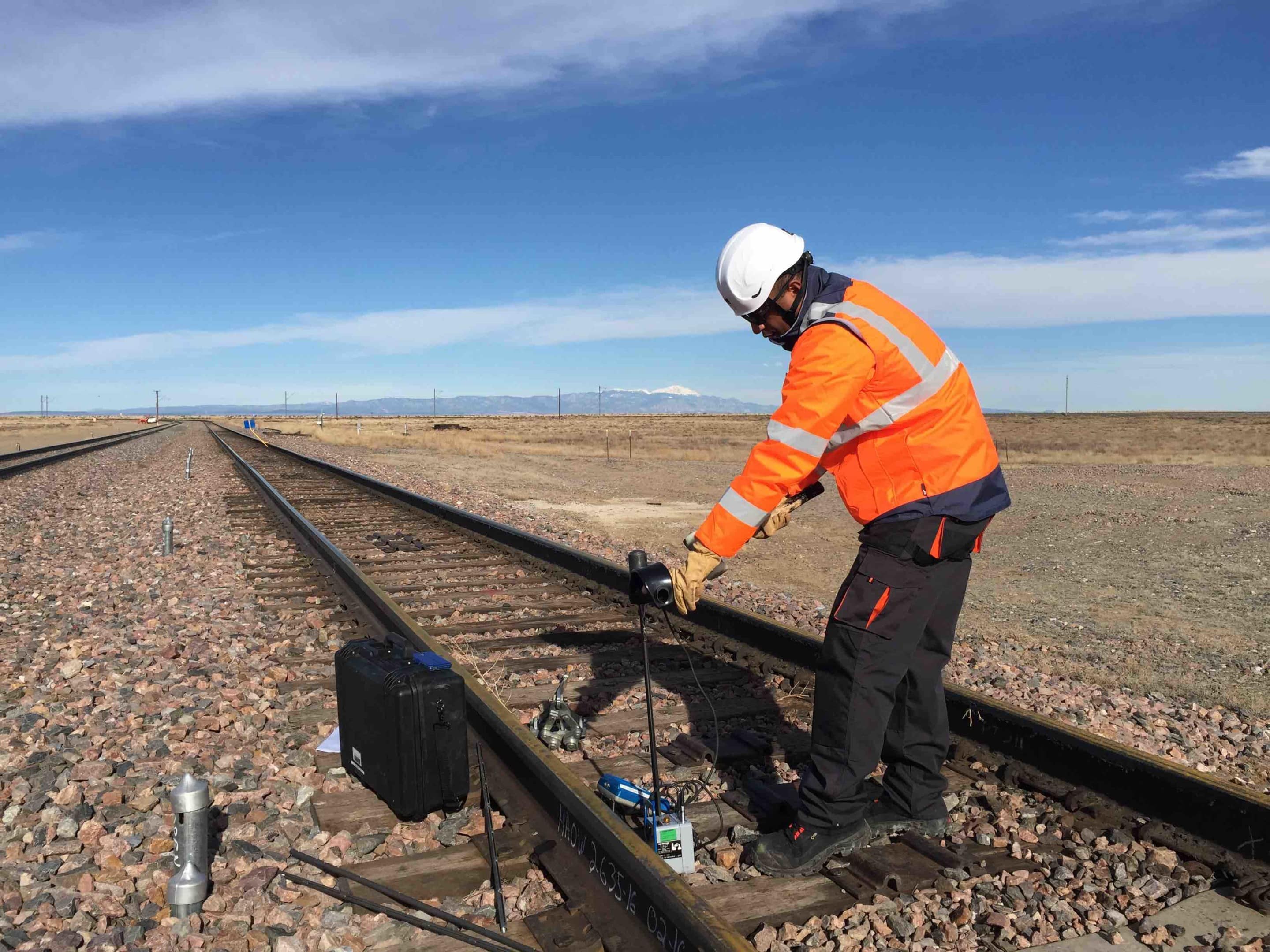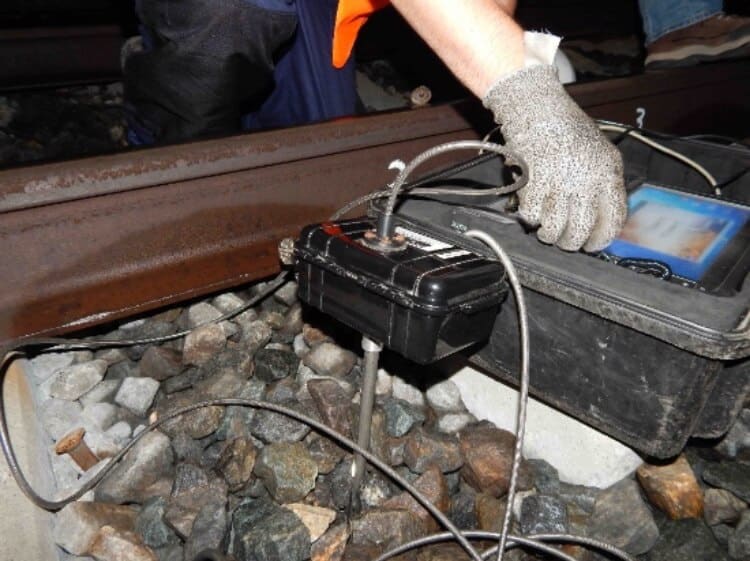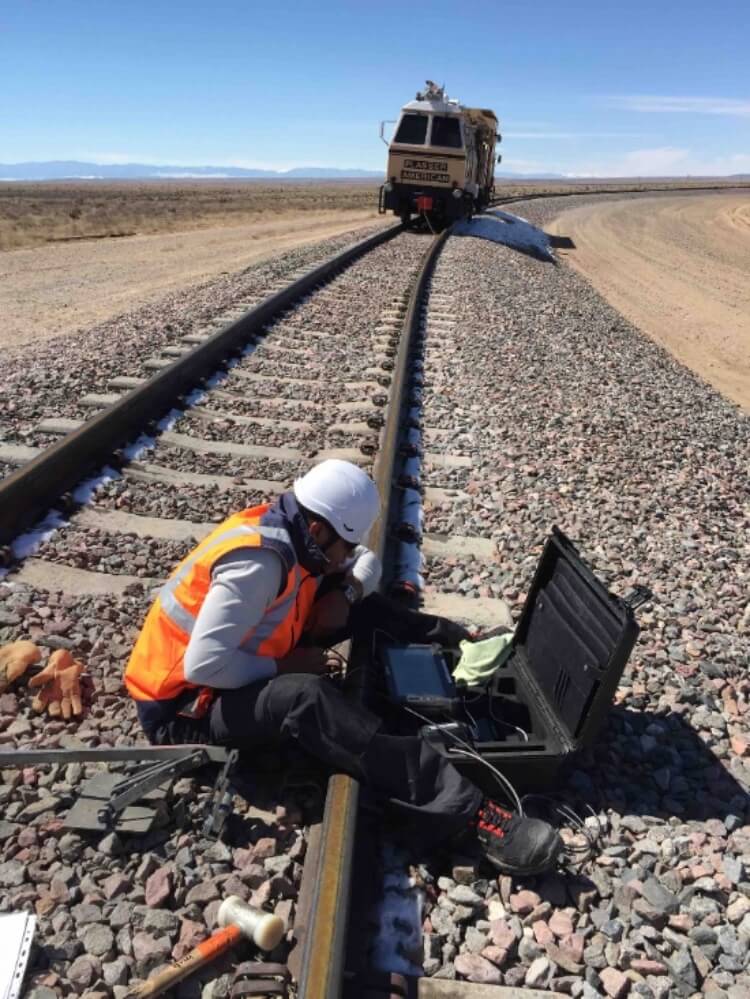Railway track characterization with coupled use of PANDA® DCP and Geo-endoscopy – a new technique
The PANDOSCOPE® is a ‘new’ non-destructive method of railway ballast condition assessment, which uses light and cost effective tests, based on the coupled use of the PANDA® dynamic cone penetrometer (a sophisticated DCP) and geo-endoscopy (images from down boreholes).
The knowledge of mechanical and physical properties of existing subgrade and sub ballast layers is very important for the future track design. Such data can be acquired through geotechnical tests. However, the majority of classical geotechnical tests (e.g rigs) can be difficult to carry out on revenue service lines because of existing railway constraints (e.g. limited possession times, track access, no destabilization of the track etc).
Hence, the objective of this PANDA® DCP / geo-endoscopy combination (PANDOSCOPE®) is to provide the rail asset manager key point indicator to help with the optimization of the maintenance and renewal strategy.
To find out more, see PANDOSCOPE®.
We have been very happy with the support from Insitutek. They are knowledgeable and have been super responsive and flexible to our needs.
We purchased a PANDA 2 machine after using one from another laboratory. The information obtained has saved money on numerous jobs. It is reasonably priced and the after-market service has been great. Highly recommend using Insitutek.
I have known the team at Insitutek for over ten years. Their professionalism, positivity and enthusiasm for their work is outstanding and I am pleased to recommend them.
Insitutek Blogs
We find clients are often looking for ways to improve geotechnical testing outcomes and do it more efficiently at the same time. This drives their buying decision making. Australian Soil and Concrete Testing (ASCT) was a case in point when they were searching for Plate Load Test equipment for their upcoming Collector Wind Farm project. Some of the things that motivated them include: […]
We are excited to introduce the addition of a new Liquefaction Risk Estimation module in WebSprint©. Paired with our cutting-edge products, PANDA® and GRIZZLY®, this module enables you to assess the liquefaction risk of soils exposed to seismic stress. PANDA® Instrumented DCP: This cutting-edge tool provides dynamic penetrometer soundings, delivering precise data crucial for seismic risk evaluations. GRIZZLY® […]
The Australian Geomechanics Society is gearing up for a series of geotechnical events across VIC, WA, NSW, and SA-NT. We are thrilled to inform you that we will be sponsoring and attending these exciting geotechnical events, and we would love for you to join us. It’s a fantastic opportunity to catch up, explore our booth (VIC), and stay informed about […]






